Crafted cottage becomes sustainable retreat in southern England
A timber and clay plaster retreat by Hampshire-based architects PAD is a perfect rural family home
Jim Stephenson - Photography
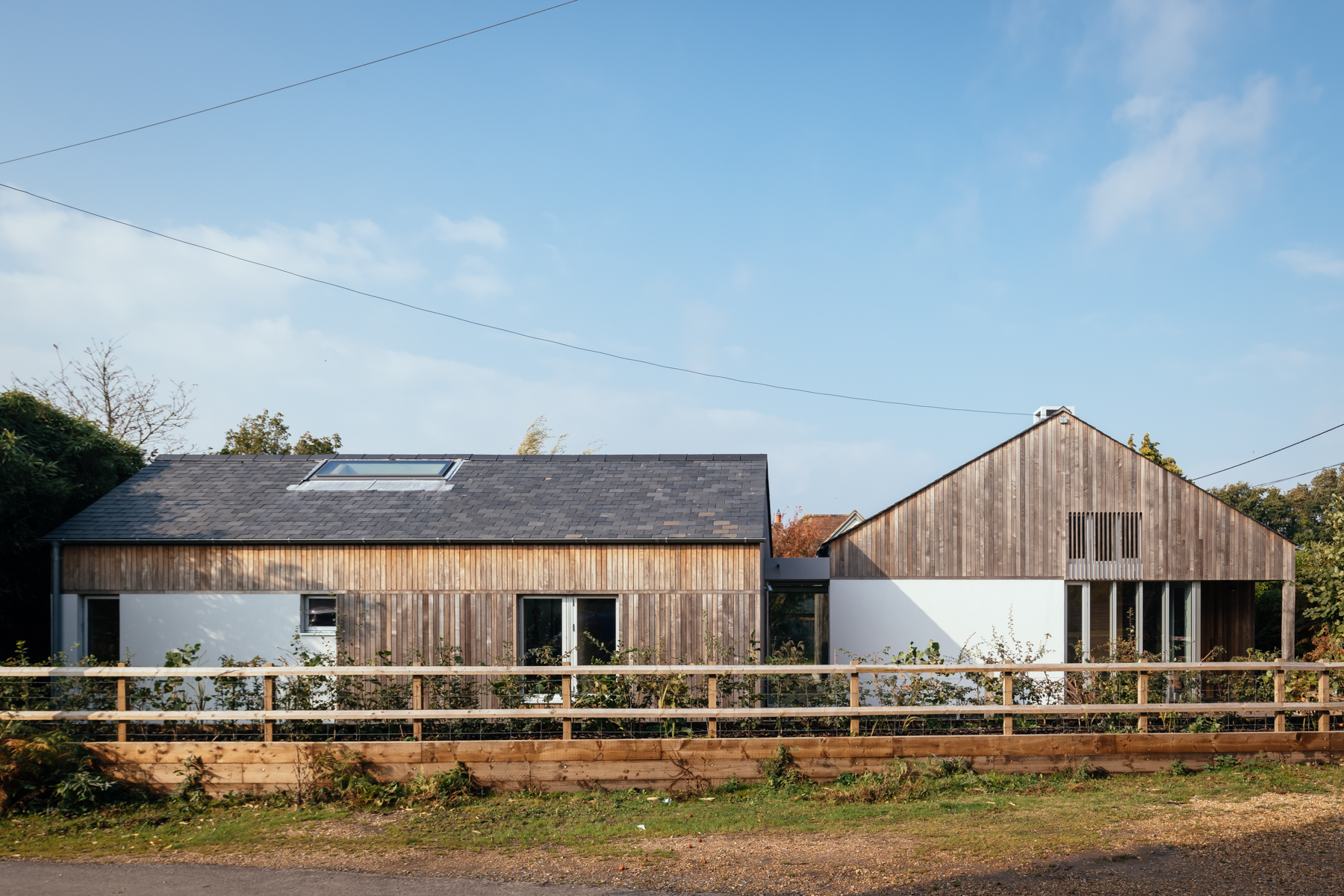
A London-based family put their countryside escape plan into action and bought an old cottage in a rural hamlet in southern England’s New Forest National Park. It soon became clear that the cottage was more ramshackle than romantic, so the decision was made for a new, sustainable retreat to be built – one that would last generations to come, and reflect their Japanese heritage and relaxed family lifestyle.
Hampshire-based architects PAD Studio came up with a design that was both sensitive to the natural setting and historic local vernacular, yet daylight-filled and contemporary too. Drawing from neighbouring A-frame chalets, the house has two connected pitched-roof volumes and is clad in slim timber battens and white render. One volume houses the sleeping quarters, while the other houses the generous double-height, open-plan living space.
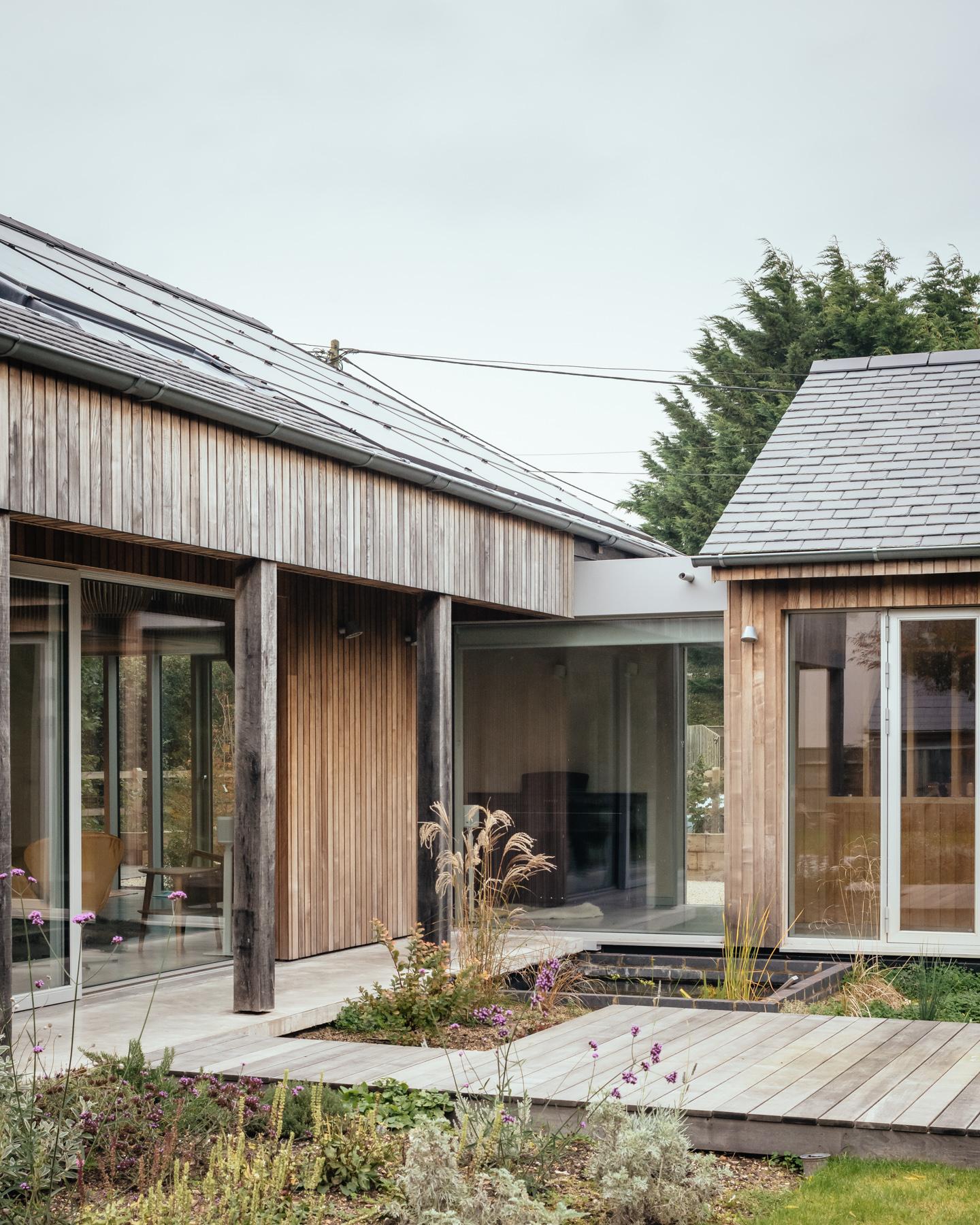
Inside, there’s a light and airy atmosphere encouraged by the L-shaped floor plan. The interior spaces are always connected to nature – whether you’re walking through the glazed hallway, or sitting down for dinner in the ‘conservatory’ space with corner and overhead glazing. ‘The plan opens up a constant theatre of movement, which helps the house come alive. The architecture performs without ego as a backdrop for the people who live there,' says Ricky Evans, associate architect at PAD Studio.
The crafted nature of the house gives it a humble character. There’s a hand-woven sisal rope balustrade – which took a week to weave, and almost half a kilometre of rope; floor-to-ceiling oak storage; and a specially cast concrete hearth. On the walls, there is a natural clay plaster manufactured by Cornwall-based Clayworks: ‘It creates a beautiful texture depending on how the light catches it – edges are softened and shadows are deepened,' says Evans.
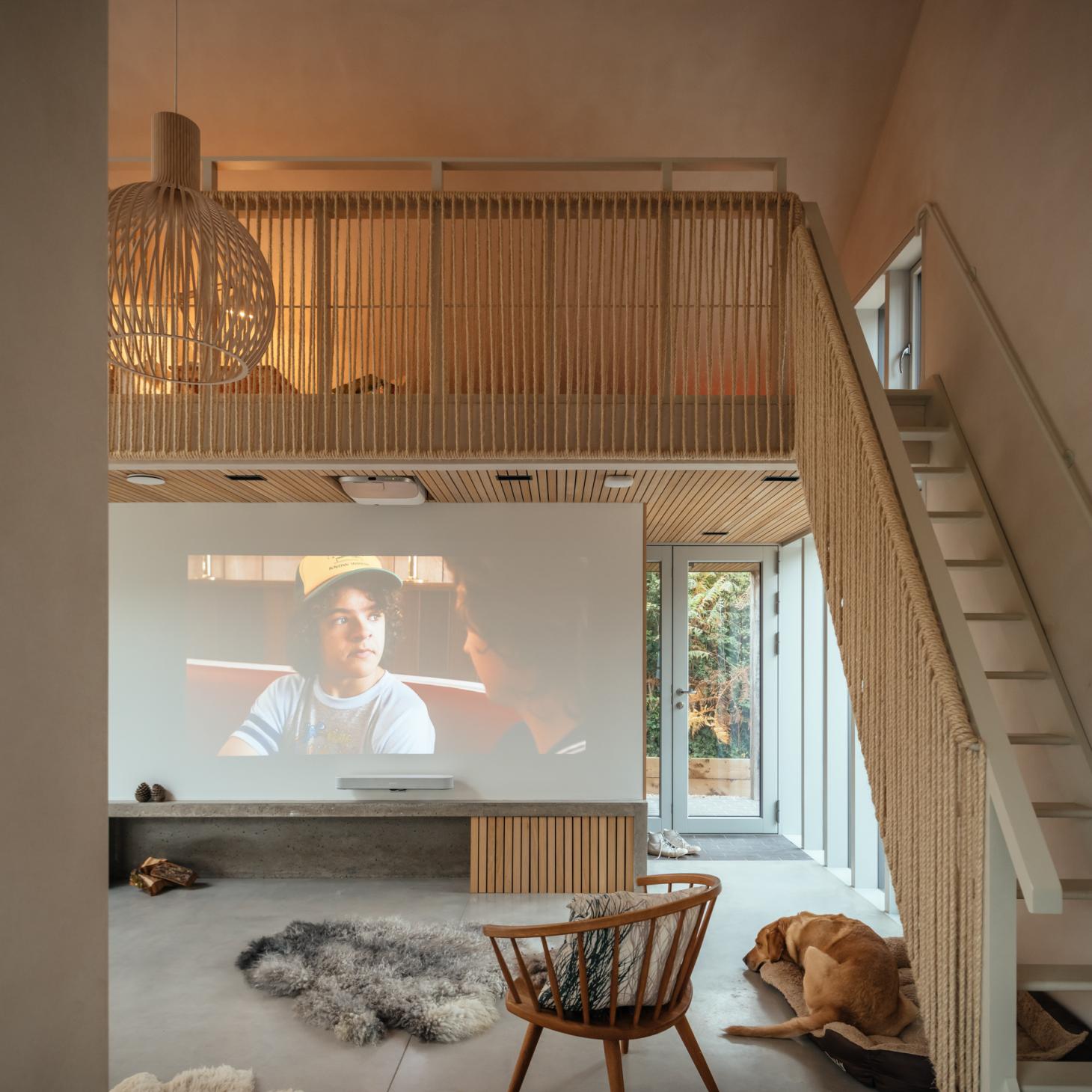
Just before designing the house, Evans had travelled to Japan, exploring both traditional Japanese architecture and the work of Tadao Ando. When he returned, details and aesthetics were lingering in his mind and conversations with the family arose quite naturally around their Japanese heritage. This resulted in elements of Japanese design emerging across the house; in the sliding pocket doors, and the brick interior entrance that echoes the genkan where outdoor shoes are exchanged for house slippers.
As with all of PAD Studio’s projects, sustainable architecture was an important focus: ‘We think about sustainability in a holistic sense,' says Evans. ‘We tune a building like a race car to get the most sustainable result.' In the case of this house, triple-glazed windows, heavy insulation, a timber structure and a savvy raft foundation system (that uses 60 per cent less concrete than a traditional alternative) amongst other methods, all contribute to this approach – resulting in a contemporary sustainable home, with all the warmth and personality of a cottage
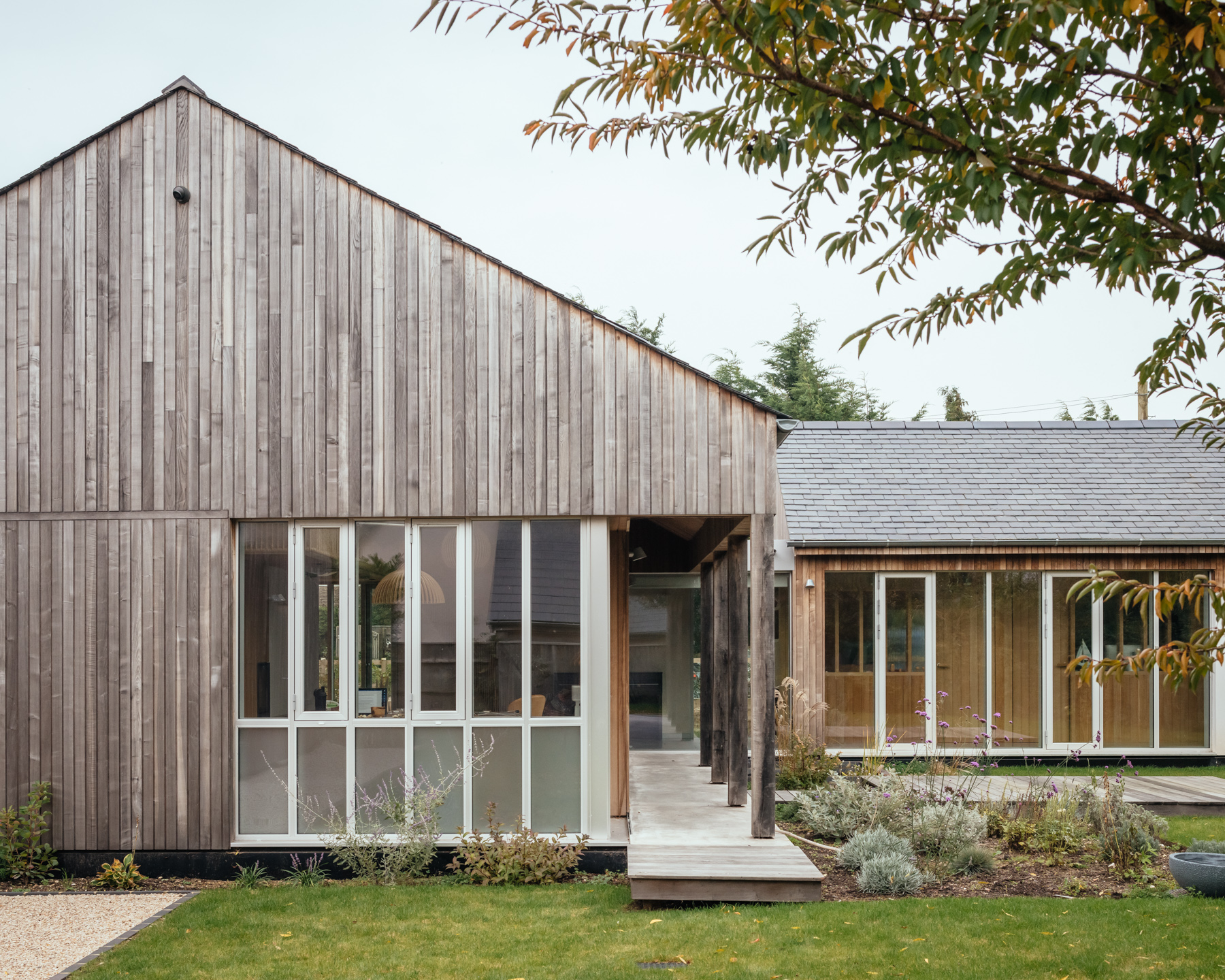

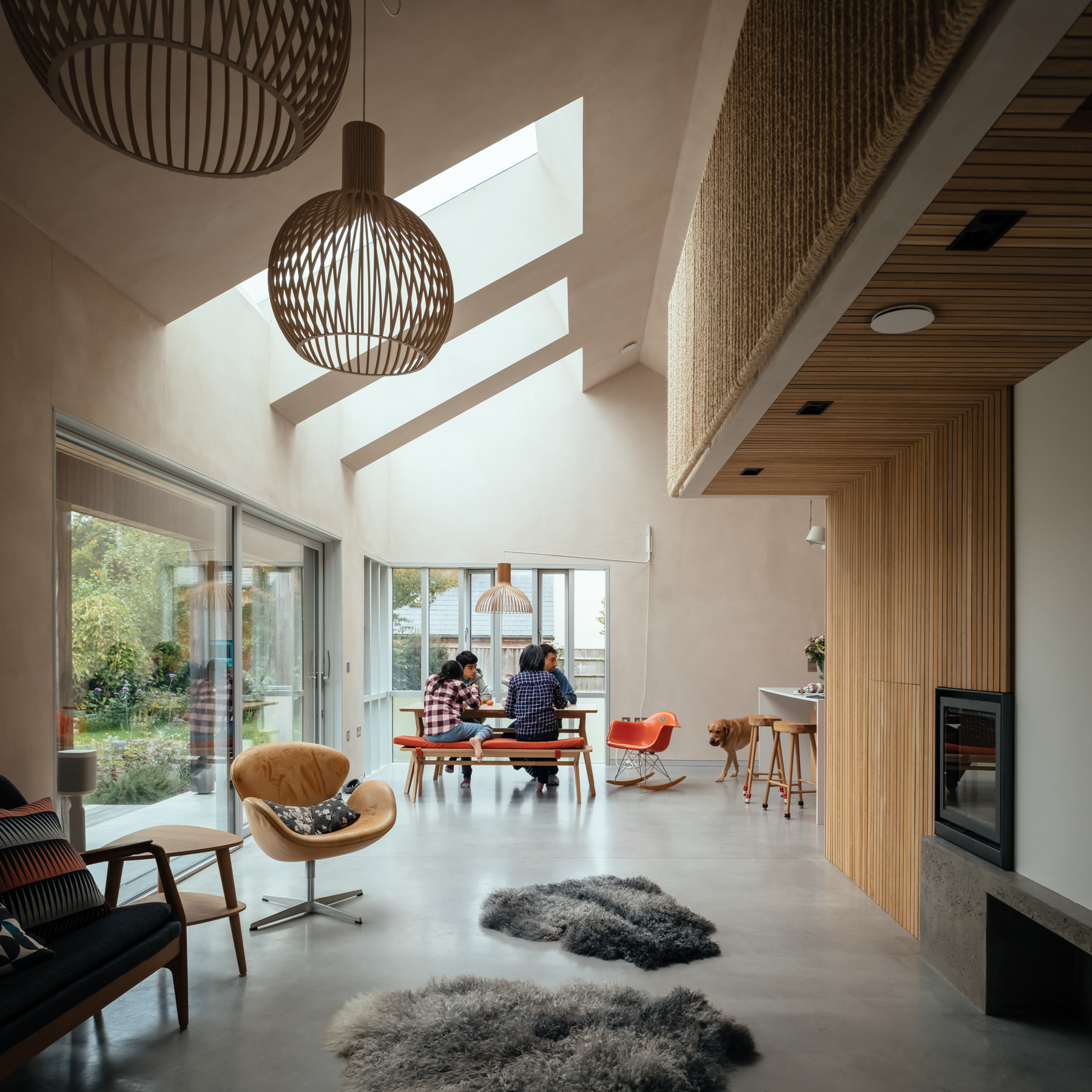
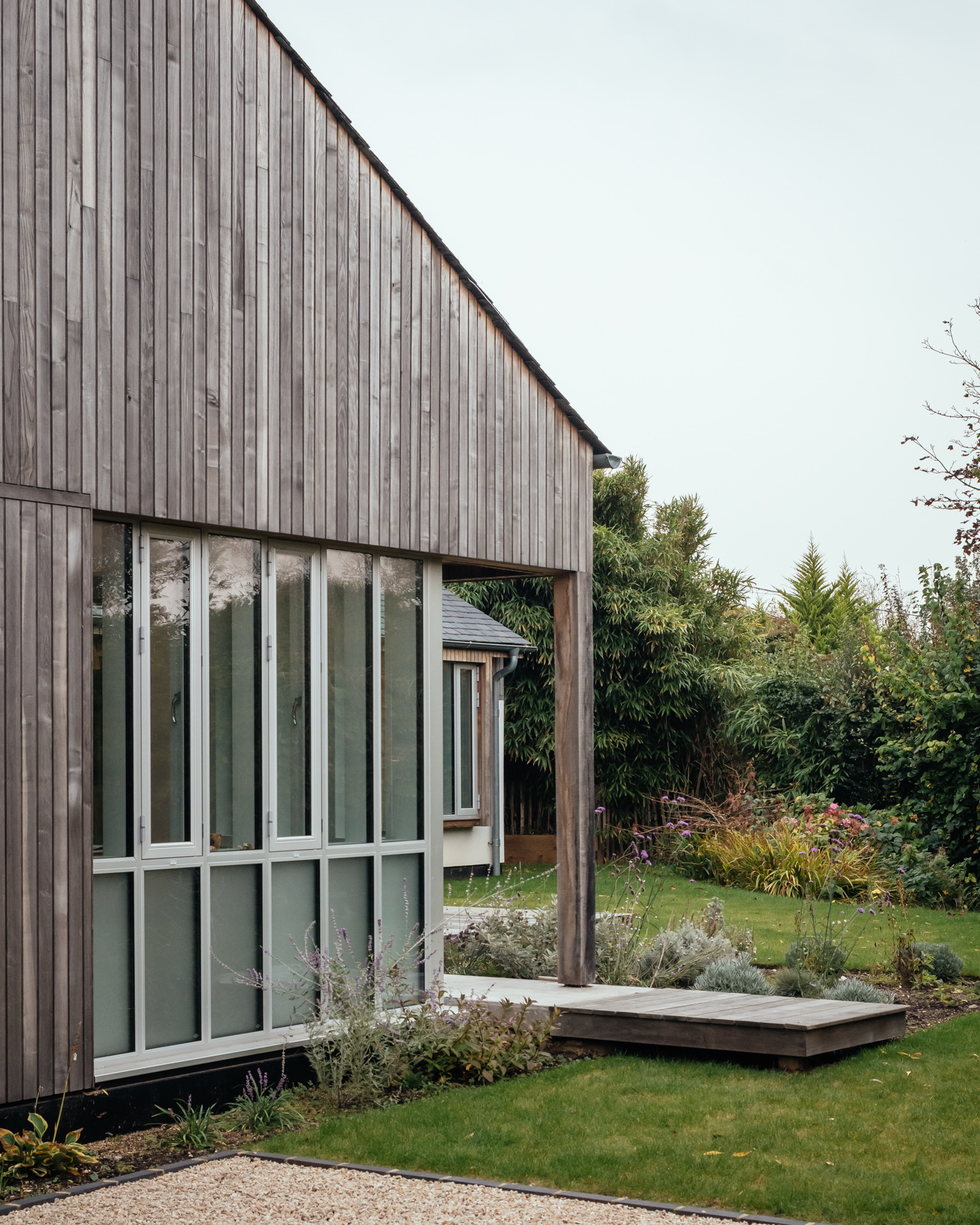

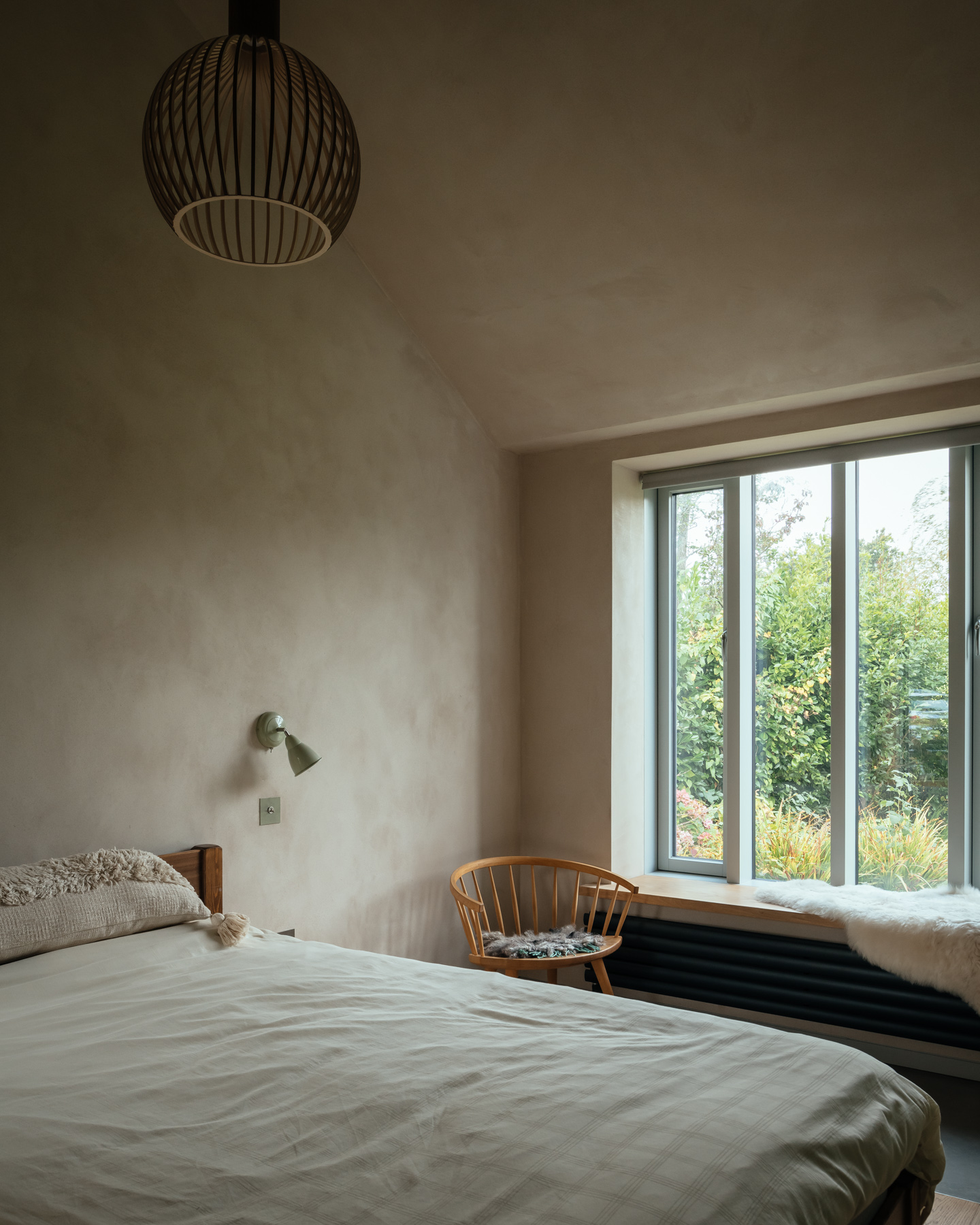
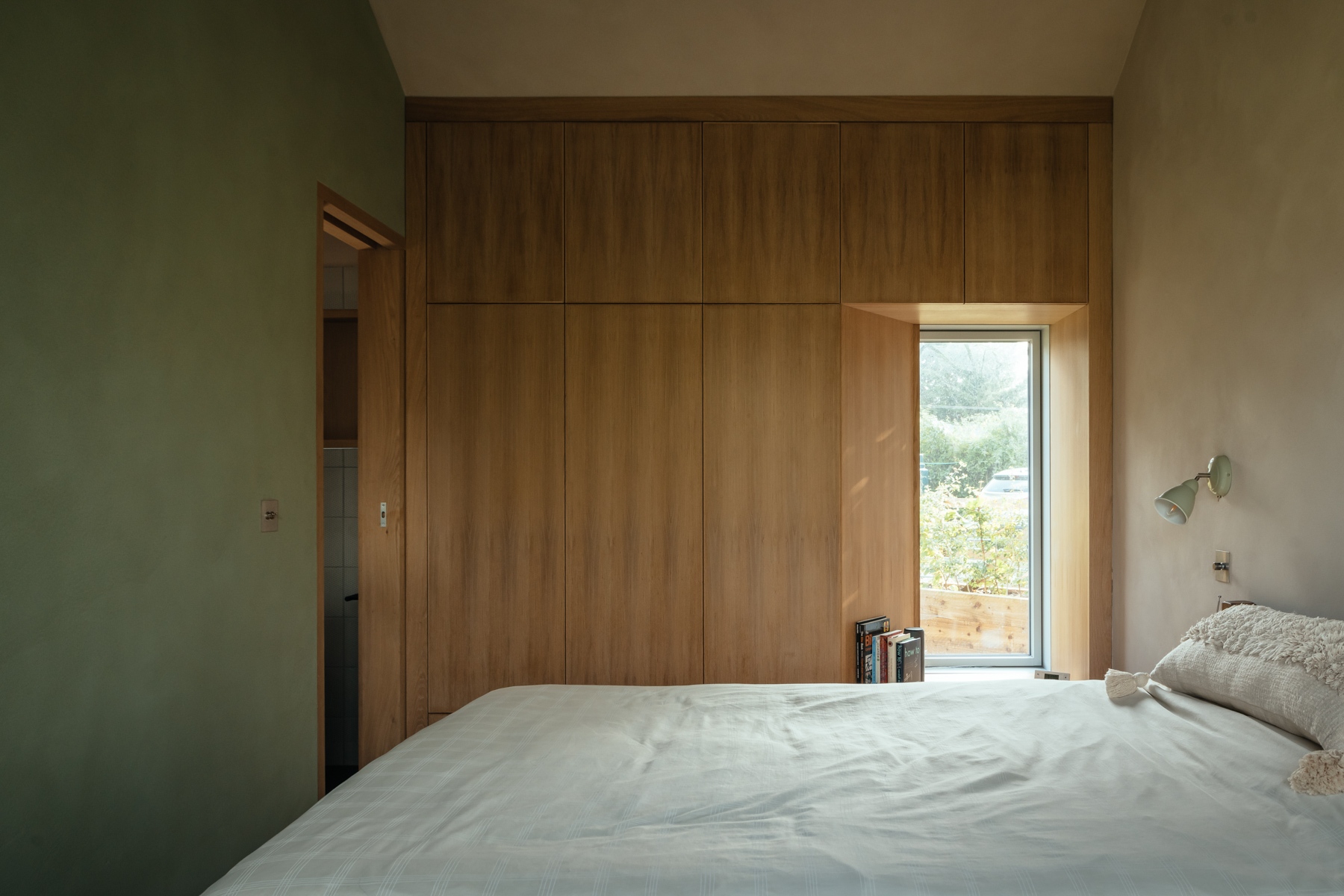

Information
Receive our daily digest of inspiration, escapism and design stories from around the world direct to your inbox.
Harriet Thorpe is a writer, journalist and editor covering architecture, design and culture, with particular interest in sustainability, 20th-century architecture and community. After studying History of Art at the School of Oriental and African Studies (SOAS) and Journalism at City University in London, she developed her interest in architecture working at Wallpaper* magazine and today contributes to Wallpaper*, The World of Interiors and Icon magazine, amongst other titles. She is author of The Sustainable City (2022, Hoxton Mini Press), a book about sustainable architecture in London, and the Modern Cambridge Map (2023, Blue Crow Media), a map of 20th-century architecture in Cambridge, the city where she grew up.
-
 These Guadalajara architects mix modernism with traditional local materials and craft
These Guadalajara architects mix modernism with traditional local materials and craftGuadalajara architects Laura Barba and Luis Aurelio of Barbapiña Arquitectos design drawing on the past to imagine the future
-
 Robert Therrien's largest-ever museum show in Los Angeles is enduringly appealing
Robert Therrien's largest-ever museum show in Los Angeles is enduringly appealing'This is a Story' at The Broad unites 120 of Robert Therrien's sculptures, paintings and works on paper
-
 The Wallpaper* style team recall their personal style moments of 2025
The Wallpaper* style team recall their personal style moments of 2025In a landmark year for fashion, the Wallpaper* style editors found joy in the new – from Matthieu Blazy’s Chanel debut to a clean slate at Jil Sander
-
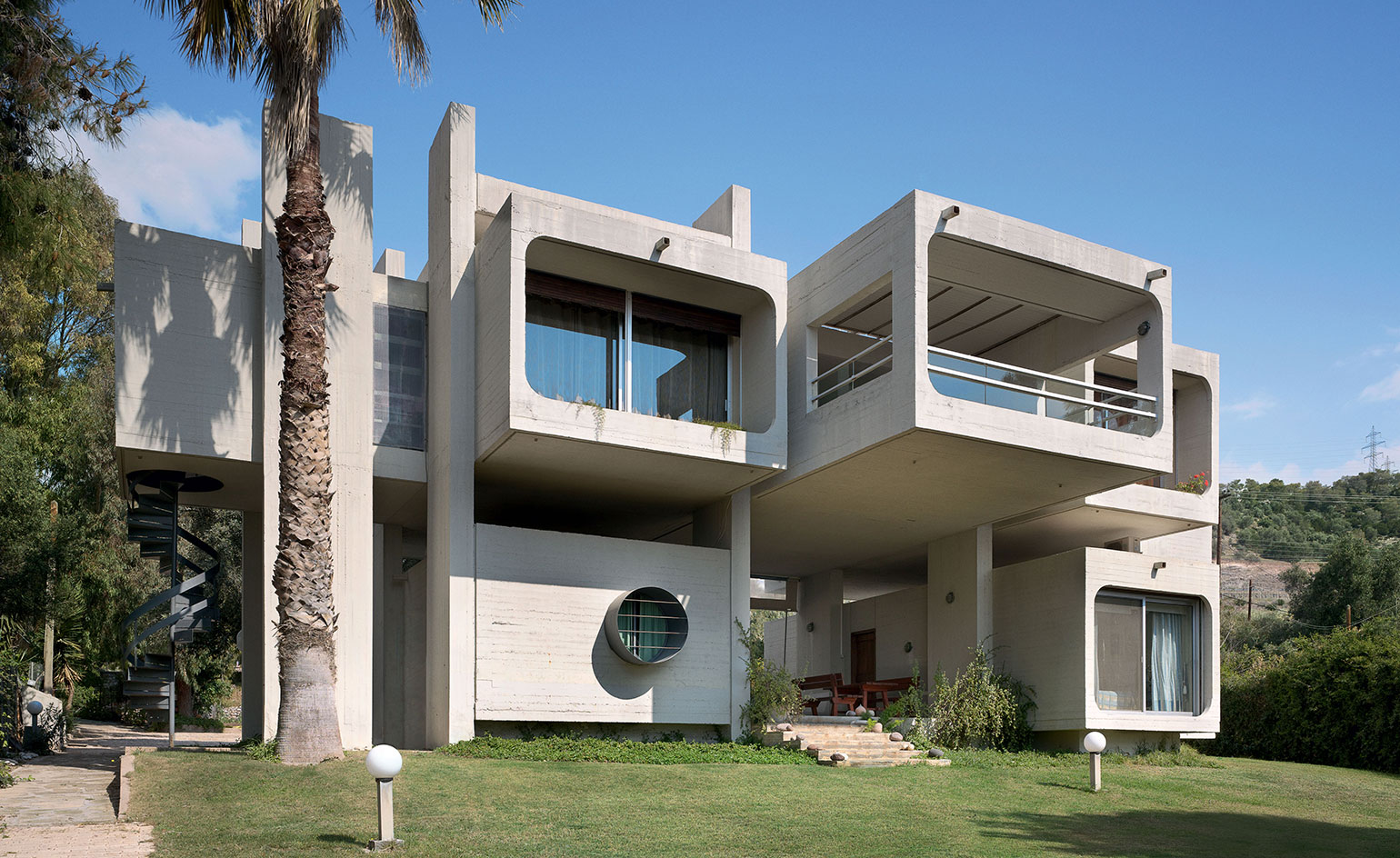 Remembering Alexandros Tombazis (1939-2024), and the Metabolist architecture of this 1970s eco-pioneer
Remembering Alexandros Tombazis (1939-2024), and the Metabolist architecture of this 1970s eco-pioneerBack in September 2010 (W*138), we explored the legacy and history of Greek architect Alexandros Tombazis, who this month celebrates his 80th birthday.
-
 Sun-drenched Los Angeles houses: modernism to minimalism
Sun-drenched Los Angeles houses: modernism to minimalismFrom modernist residences to riveting renovations and new-build contemporary homes, we tour some of the finest Los Angeles houses under the Californian sun
-
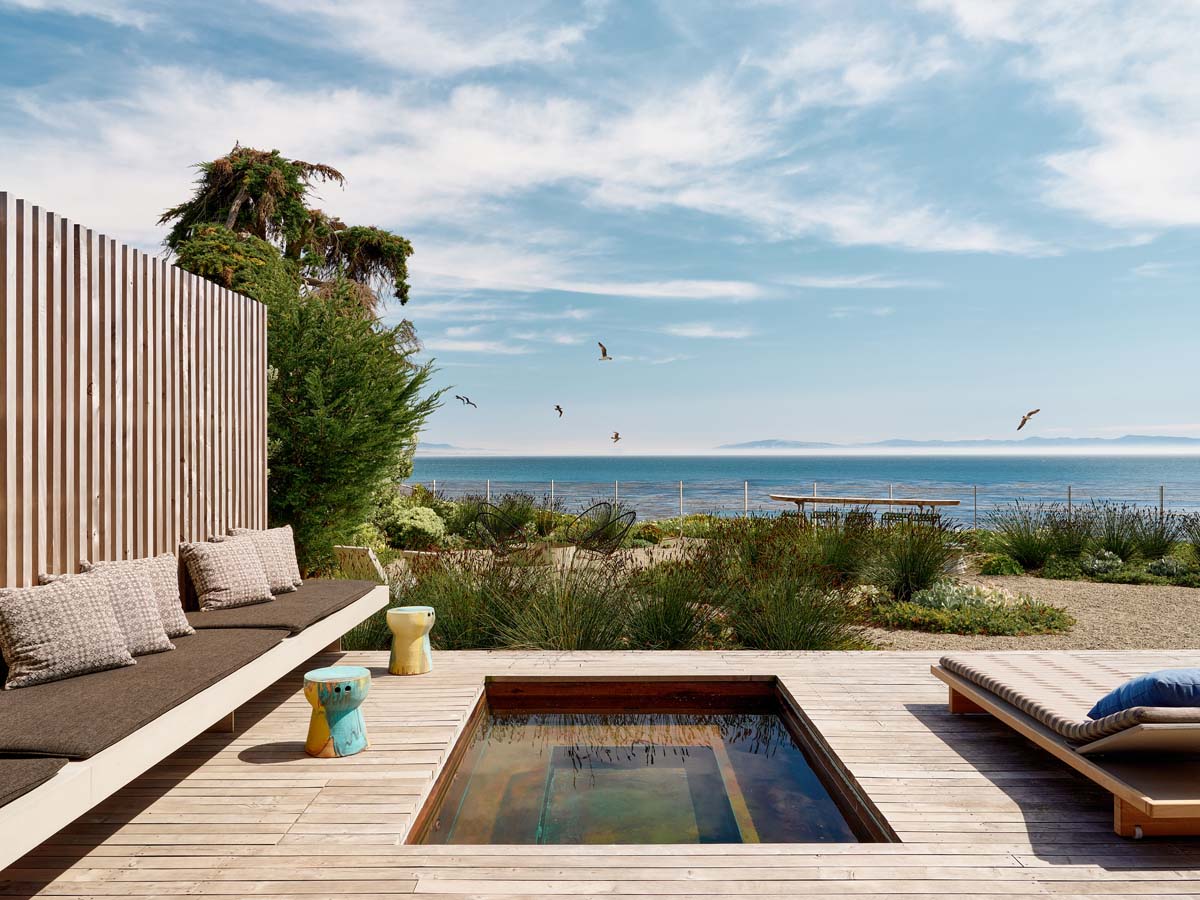 Extraordinary escapes: where would you like to be?
Extraordinary escapes: where would you like to be?Peruse and lose yourself in these extraordinary escapes; there's nothing better to get the creative juices flowing than a healthy dose of daydreaming
-
 Year in review: top 10 houses of 2022, selected by Wallpaper* architecture editor Ellie Stathaki
Year in review: top 10 houses of 2022, selected by Wallpaper* architecture editor Ellie StathakiWallpaper’s Ellie Stathaki reveals her top 10 houses of 2022 – from modernist reinventions to urban extensions and idyllic retreats
-
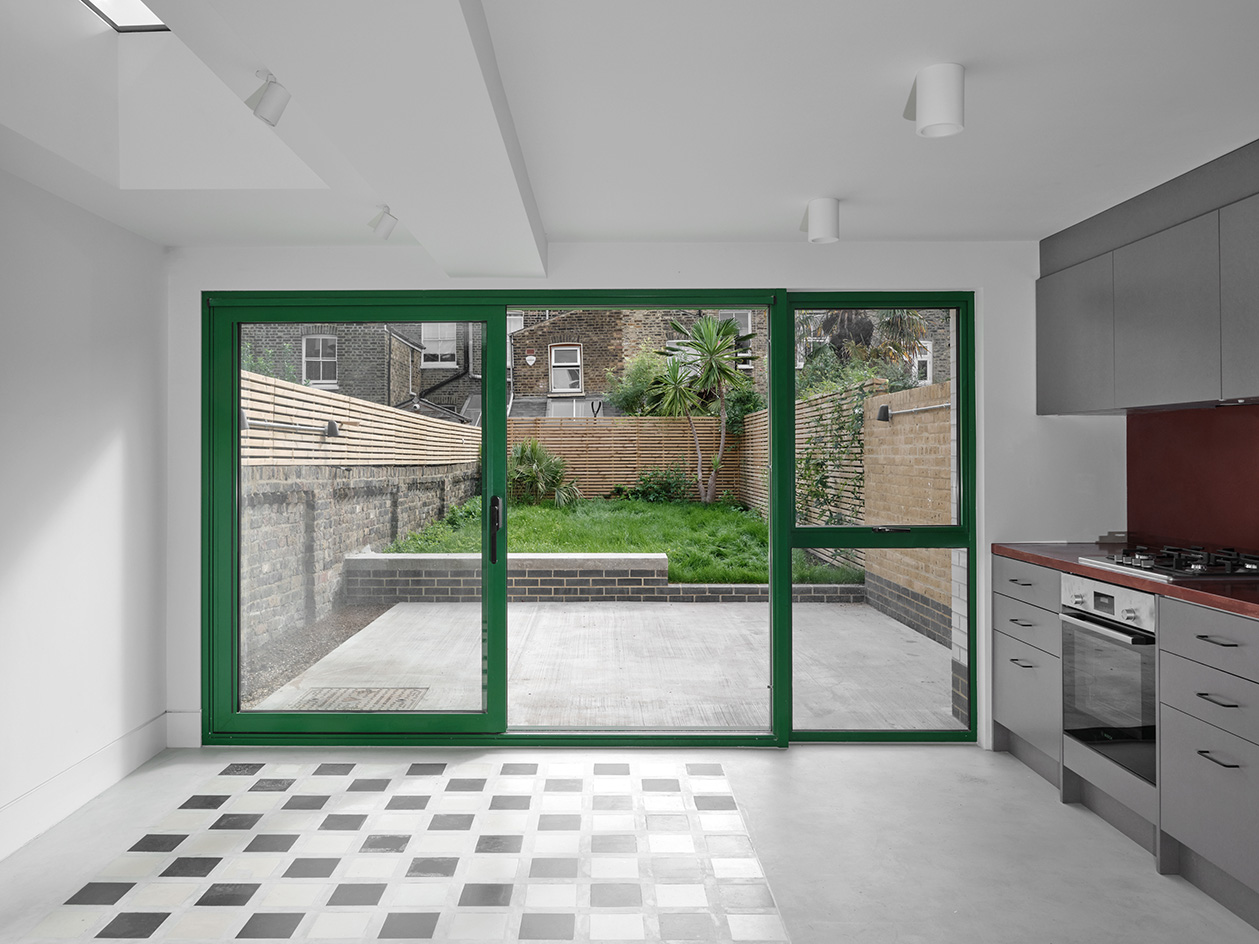 Roz Barr’s terrace house extension is a minimalist reimagining
Roz Barr’s terrace house extension is a minimalist reimaginingTerrace house extension by Roz Barr Architects transforms Victorian London home through pared-down elegance
-
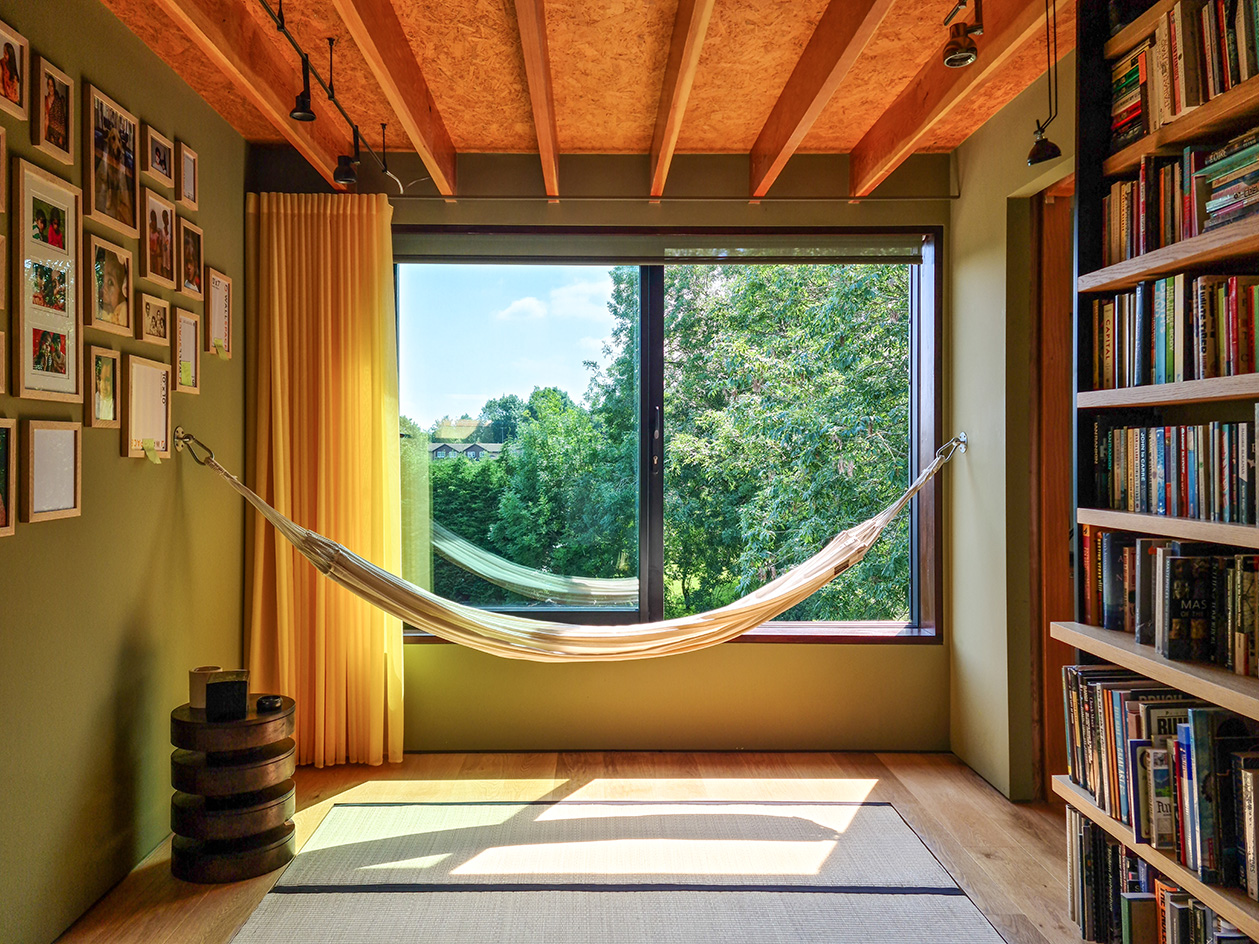 Tree View House blends warm modernism and nature
Tree View House blends warm modernism and natureNorth London's Tree View House by Neil Dusheiko Architects draws on Delhi and California living
-
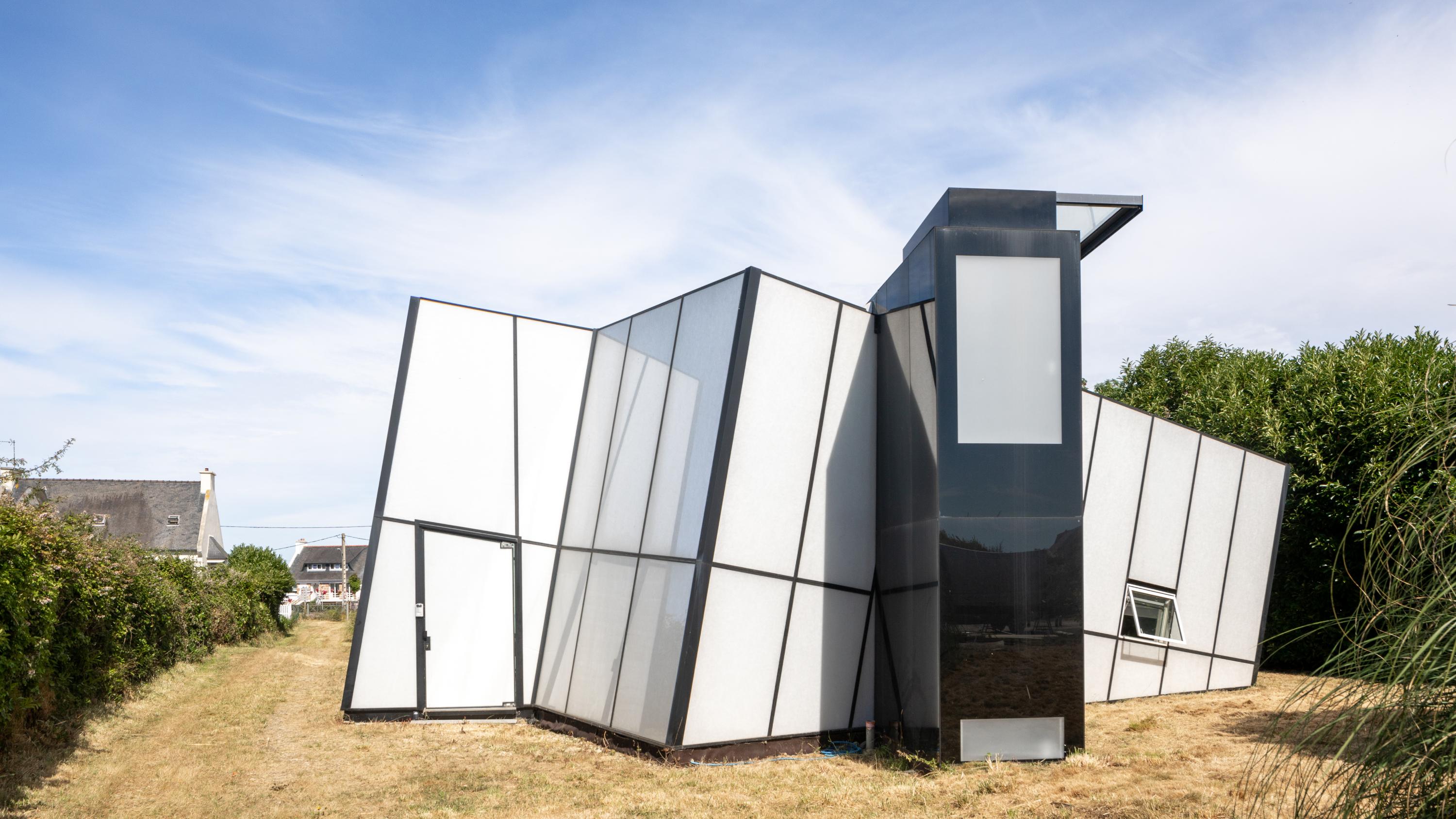 Maison de Verre: a dramatic glass house in France by Studio Odile Decq
Maison de Verre: a dramatic glass house in France by Studio Odile DecqMaison de Verre in Carantec is a glass box with a difference, housing a calming interior with a science fiction edge
-
 Modernist Coromandel farmhouse refreshed by Frankie Pappas, Mayat Hart and Thomashoff+Partner
Modernist Coromandel farmhouse refreshed by Frankie Pappas, Mayat Hart and Thomashoff+PartnerAn iconic Coromandel farmhouse is being reimagined by the South African architectural collaborative of Frankie Pappas, Mayat Hart and Thomashoff+Partner